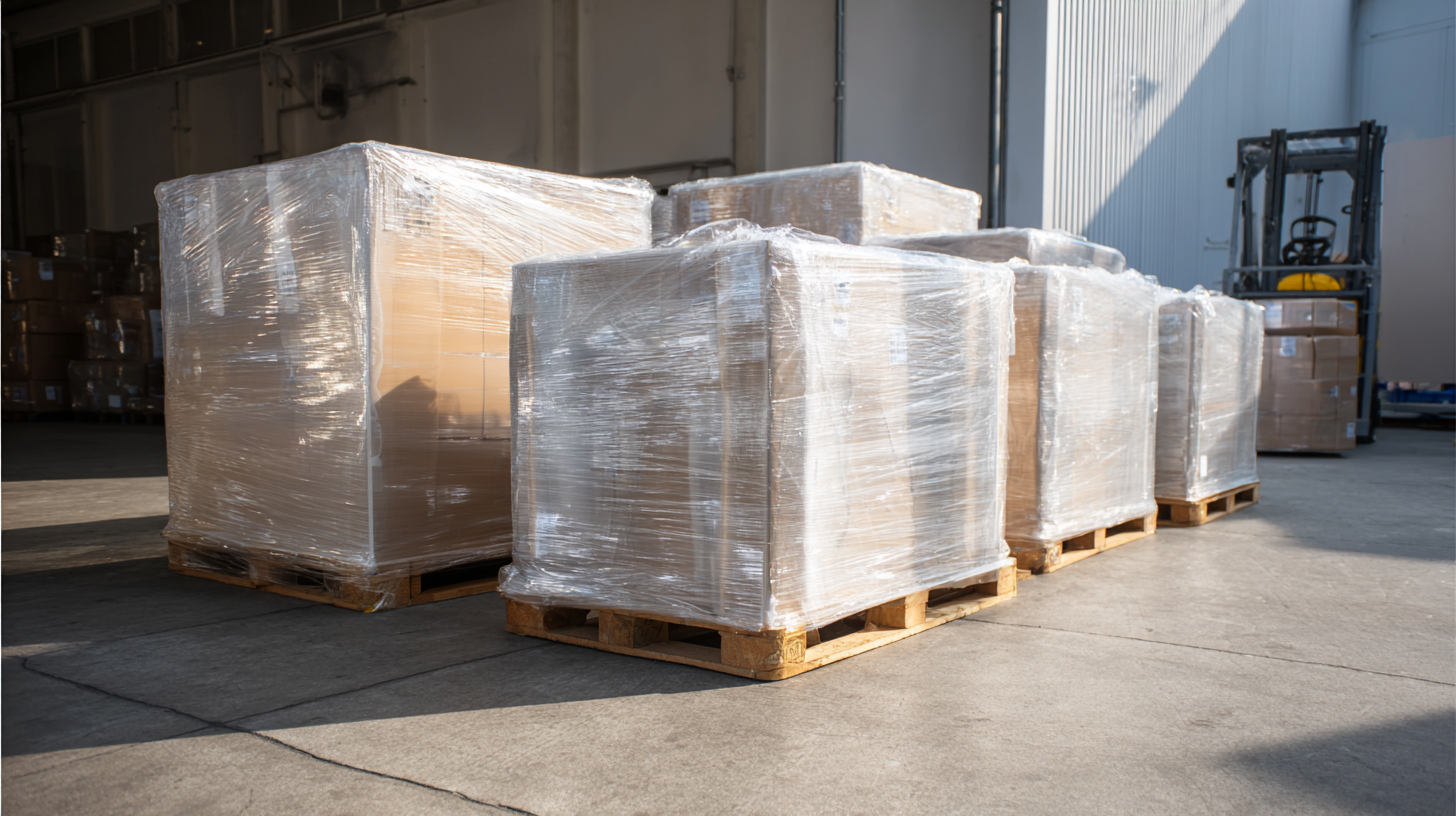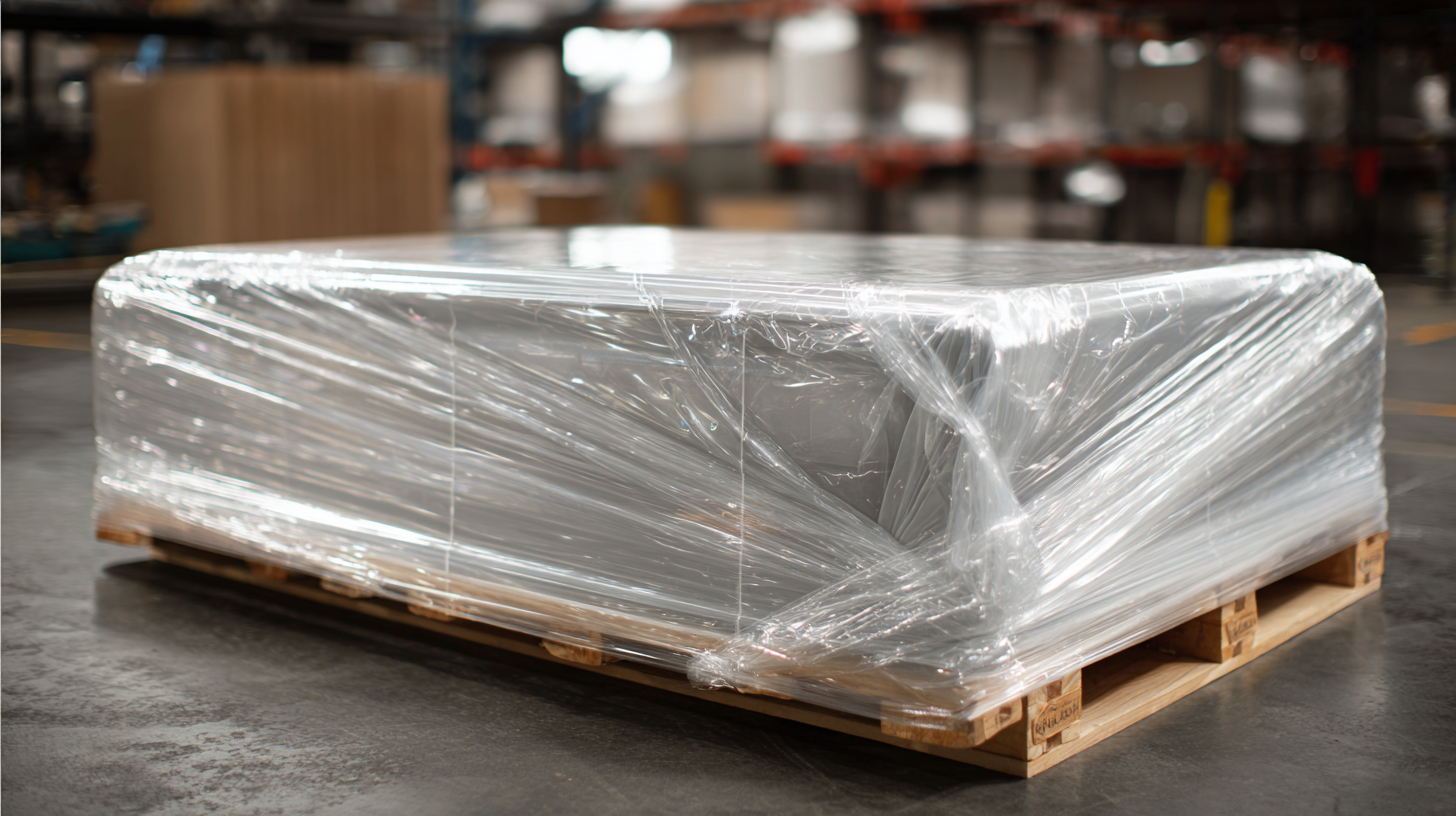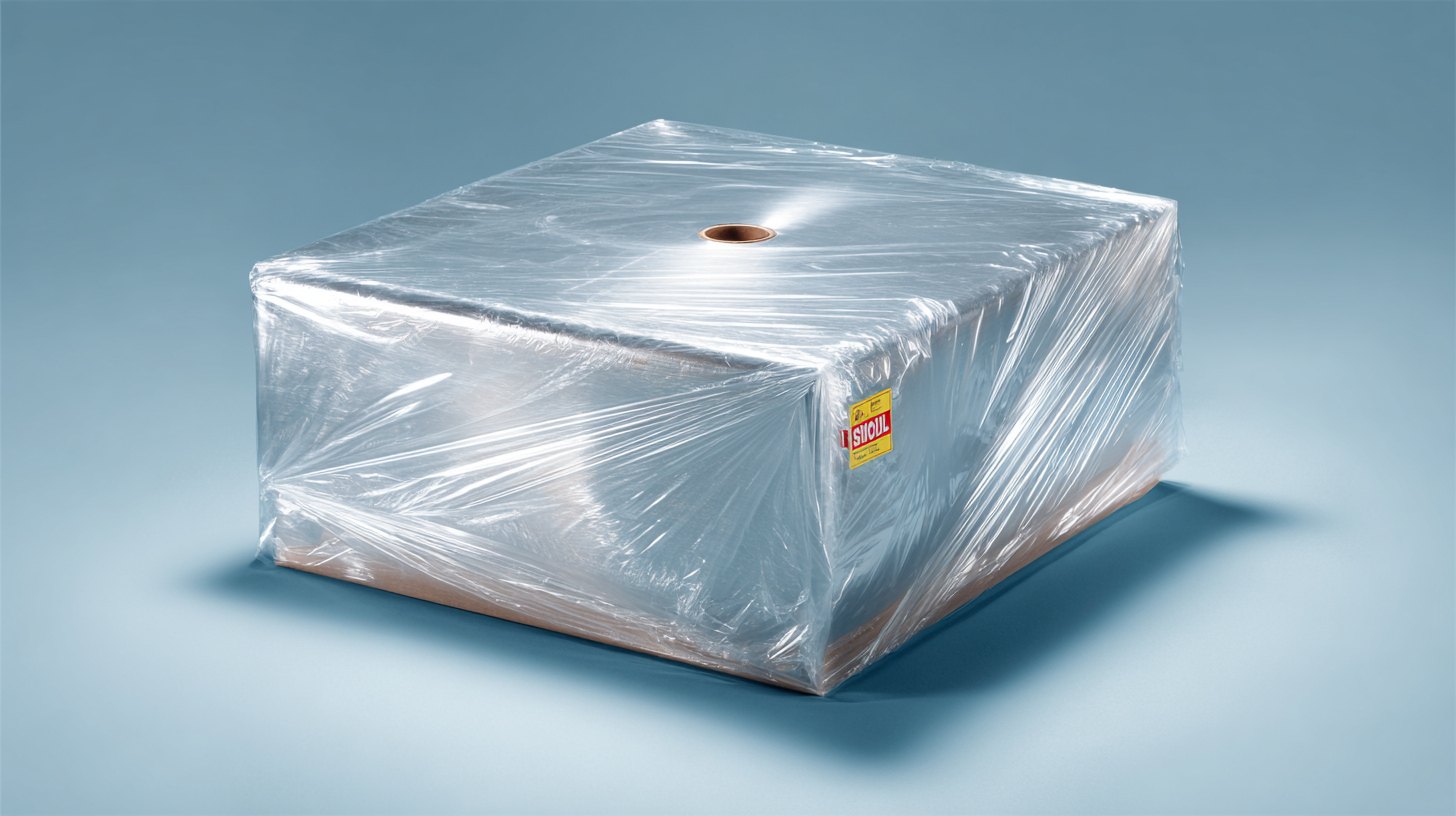When it comes to packaging, choosing the right materials is crucial for ensuring product protection and cost efficiency. One of the most popular choices in the packaging industry is shrink wrap. Shrink wrap offers a versatile and effective solution for safeguarding items during storage and transit. However, with various types and sizes available, selecting the appropriate shrink wrap can be daunting.

In this blog, we will explore essential tips to help you make an informed decision when it comes to shrink wrap. By understanding the characteristics of different shrink wraps and their applications, you can optimize protection for your products while maintaining a budget-friendly approach. Whether you are packaging fragile items, outdoor equipment, or industrial components, knowing how to choose the right shrink wrap is key to enhancing the durability and presentation of your goods.
When it comes to selecting the right shrink wrap for your products, understanding the various types of shrink wrap materials is crucial for ensuring optimal protection and cost efficiency. Shrink wrap primarily comes in two materials: polyolefin and PVC. Polyolefin is known for its versatility and durability, making it an excellent choice for a wide range of products, from food items to electronics. Its ability to withstand temperature fluctuations and resist punctures makes it ideal for products that may experience rough handling during transit.
On the other hand, PVC shrink wrap offers a more affordable option for businesses looking to save on packaging costs. While it may not be as flexible or durable as polyolefin, PVC is suitable for lighter items and offers a high-gloss finish that enhances product presentation. Additionally, it's important to consider the thickness of the shrink wrap. Thicker materials provide greater protection but may come at a higher cost, while thinner options can reduce expenses but may compromise the packaging integrity. By understanding these differences, you can make an informed decision that balances protection and cost for your specific product needs.
This chart shows the cost per square meter of various shrink wrap materials, helping you to understand the cost efficiency of each type for optimal product protection.
When selecting shrink wrap for your products, thickness is a crucial factor that can significantly influence both protection and cost-efficiency. According to a report from Packaging Strategies, the optimal thickness range for shrink wrap typically falls between 60 to 100 gauge. Thicker materials, such as 100 gauge, offer enhanced puncture resistance and durability, making them ideal for heavy or sharp-edged products. However, this increased protection comes with a higher material cost, which may not be justified for every application.
Conversely, thinner shrink wrap, around 60 gauge, provides sufficient protection for lighter items while helping to reduce packaging costs. The Packaging Association emphasizes that businesses should evaluate their product types and shipping conditions when deciding on thickness. For instance, if products are to be transported over long distances and could be subjected to rough handling, the additional investment in thicker wrap becomes practical. Ultimately, understanding the products you are wrapping and their specific requirements will guide you in selecting the most suitable thickness for both protection and efficiency.

When evaluating shrink wrap options for optimal product protection while maintaining cost efficiency, businesses must consider several key factors. One critical aspect is the material used in the shrink wrap itself. Different types of shrink films, such as PVC, polyethylene, and polyolefin, offer varying strengths, moisture resistance, and heat retention properties. Polyolefin, for instance, is often favored for its superior clarity and durability, making it an excellent choice for products that require visibility and protection from the elements.
In addition to material choice, the thickness of the shrink wrap plays a significant role in overall cost-effectiveness. Thicker films may offer better protection but can also be more expensive and require more energy for shrinkage. Conversely, opting for a thinner film can reduce costs, but it might compromise the integrity of the packaging. A thorough analysis of the product's fragility and exposure risks should guide this decision, ensuring that each product is adequately safeguarded without overspending. Ultimately, a strategic balance between material quality and thickness will enable businesses to achieve maximum protection at a manageable cost.
When it comes to effective shrink wrapping, having the right tools is essential for optimal product protection and cost efficiency. A quality heat gun is one of the most critical tools in the shrink wrapping process. Our recent testing of various heat guns showcased models that not only offer powerful heat output but also provide temperature control, allowing you to avoid overheating and damaging your products. Selecting a heat gun that suits your specific needs, whether for crafting or packaging, can significantly enhance the shrink wrapping experience.
In addition to heat guns, utilizing proper techniques during the shrink wrapping process is crucial. Incorporating Transpiration Control Technology (TCT) bags can play a vital role in extending product shelf life, particularly for sensitive items. These innovative bags effectively prevent moisture loss, ensuring that the integrity of the packaged goods is maintained. This dual approach—investing in reliable tools and applying innovative techniques—ensures that your shrink-wrapped products remain safe and cost-effective during storage and transport.
 When selecting shrink wrap solutions, avoiding common mistakes can significantly enhance product protection and cost efficiency.
One frequent error is underestimating the importance of film thickness. According to the Flexible Packaging Association, using insufficiently thick film can lead to product damage, as thinner materials may not withstand environmental stresses like moisture or punctures.
A study found that products wrapped in thicker films experienced up to 30% less damage during transit compared to those wrapped in inadequate thickness, underlining the importance of choosing the right specifications.
When selecting shrink wrap solutions, avoiding common mistakes can significantly enhance product protection and cost efficiency.
One frequent error is underestimating the importance of film thickness. According to the Flexible Packaging Association, using insufficiently thick film can lead to product damage, as thinner materials may not withstand environmental stresses like moisture or punctures.
A study found that products wrapped in thicker films experienced up to 30% less damage during transit compared to those wrapped in inadequate thickness, underlining the importance of choosing the right specifications.
Another critical mistake is neglecting to select the appropriate shrink temperature. A report from the International Journal of Packaging suggests that improper temperature settings can result in inadequate sealing. For instance, temperatures that are too high can cause unsightly burns on the wrap, while too low can lead to loose seals, compromising product integrity.
It's essential to conduct tests to determine the optimal shrink temperature for your specific material and product type, ensuring consistent and reliable protection during storage and transportation.






